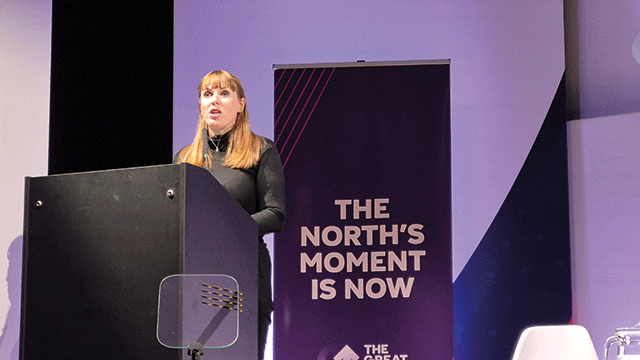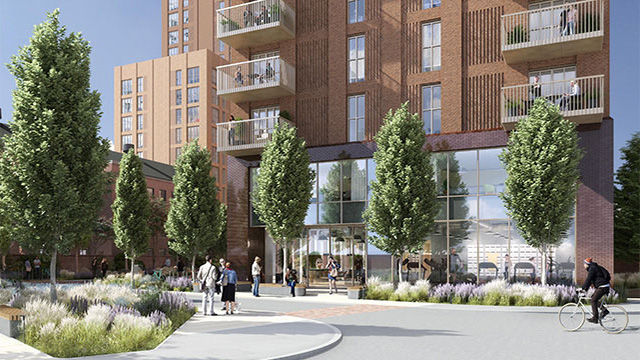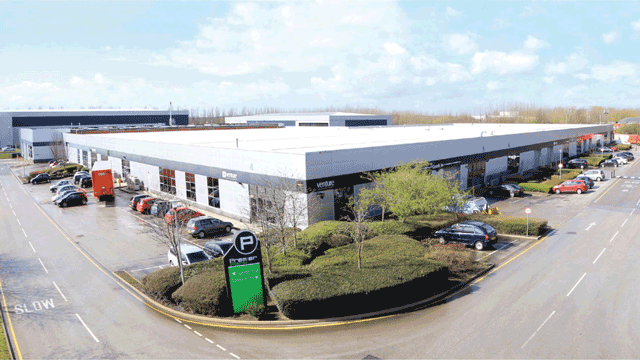 One of the most striking things we’ve seen in the past decade has been the realisation by councils that they can simply turn derelict sites into capital through the auction room.
One of the most striking things we’ve seen in the past decade has been the realisation by councils that they can simply turn derelict sites into capital through the auction room.
Getting a foot in the door of the property department of most local authorities was, in the early days, very hard work. It was largely a chicken and egg situation, with us telling local officers that we could help them bring large acreages of unused land and often derelict and abandoned buildings back into constructive use via the auction route.
But of course, early on, there were very few lots to prove the point.
Now, and with the benefit of 20:20 hindsight, the auction route seems the most natural and efficient way for cash-strapped local authorities to make the best use of land they no longer require, or have been sitting on for want of a constructive plan for the sites.
The arrival of local authority lots into the auction room has given auction houses a certain gravitas and encouraged a whole new generation of small- and medium-sized developers and investors to attend.
Take a look around any metropolitan city outside of London now and you will see cranes and construction forging ahead. From flat ground car parks that are now apartments, unloved office blocks that are now the subject of commercial-to-resi planning applications, to new office parks where none existed before – and all producing residential or commercial rate income.
One flat ground car park can equal 50-100 apartments paying rates in perpetuity: a win all round. A very quick turnaround of unwanted land into cash and the likelihood of a favourable planning attitude, equals the potential for an early start on site, equals early completions and further progress for the government and local authorities towards producing the 200,000 new homes a year that they keep saying they want to see built.
The major local authorities for whom we regularly dispose of properties include Birmingham City Council, Sandwell MBC, Wolverhampton City Council and Solihull MBC, and we are actively encouraging them to bring any unwanted sites or sites with development opportunities to auction to capitalise on the improvement in the market and the increase in demand for PRS activity.
We have recently been reappointed by Walsall MBC for a further three years and we are expecting to sell a number of development sites, vacant residential and commercial properties on their behalf.
PRS is a rapidly expanding market that is hungry for land and development opportunities. Local authorities have the land, and the auction room is a fast and effective way to match the two demands and needs.
The UK’s PRS has seen enormous growth since 2010 and is now estimated to be worth over £1.3tn. In a country traditionally seen as a nation of homeowners, the growing demand for rental accommodation is seeing year-on-year double-digit growth in supply – and still demand is on the increase.
Both individual and institutional investors are seeing that careful site selection, thoughtful product development and high-quality management can deliver attractive returns. And this, in turn, fuels further demand.
We expect to see more and more local authority-owned surplus potential development sites coming to the market as a result of the significant increase in PRS activity.
The only slight cloud on the horizon is the London-centric and media-driven view that has created a strong feeling of uncertainty about the real impact of Brexit in the property market, but we haven’t seen significant evidence that the market has been materially affected as yet.
Thus far, there seems to be more concern in the minds of sellers than buyers. The most pessimistic are the residential property dealers who feel they aren’t realising the same prices they would have achieved pre-Brexit. It is difficult to gauge whether this is actually the case as dealers tend to be very hard to please and nearly always feel that their properties should have been sold for more than they were.
Although there is still an air of uncertainty post-Brexit, we are optimistic that the auction market will continue to be in rude health and we are looking to hold onto our highest average success rate of the top auction houses of 92.3%.
Rory Daly is chief executive of SDL Bigwood










